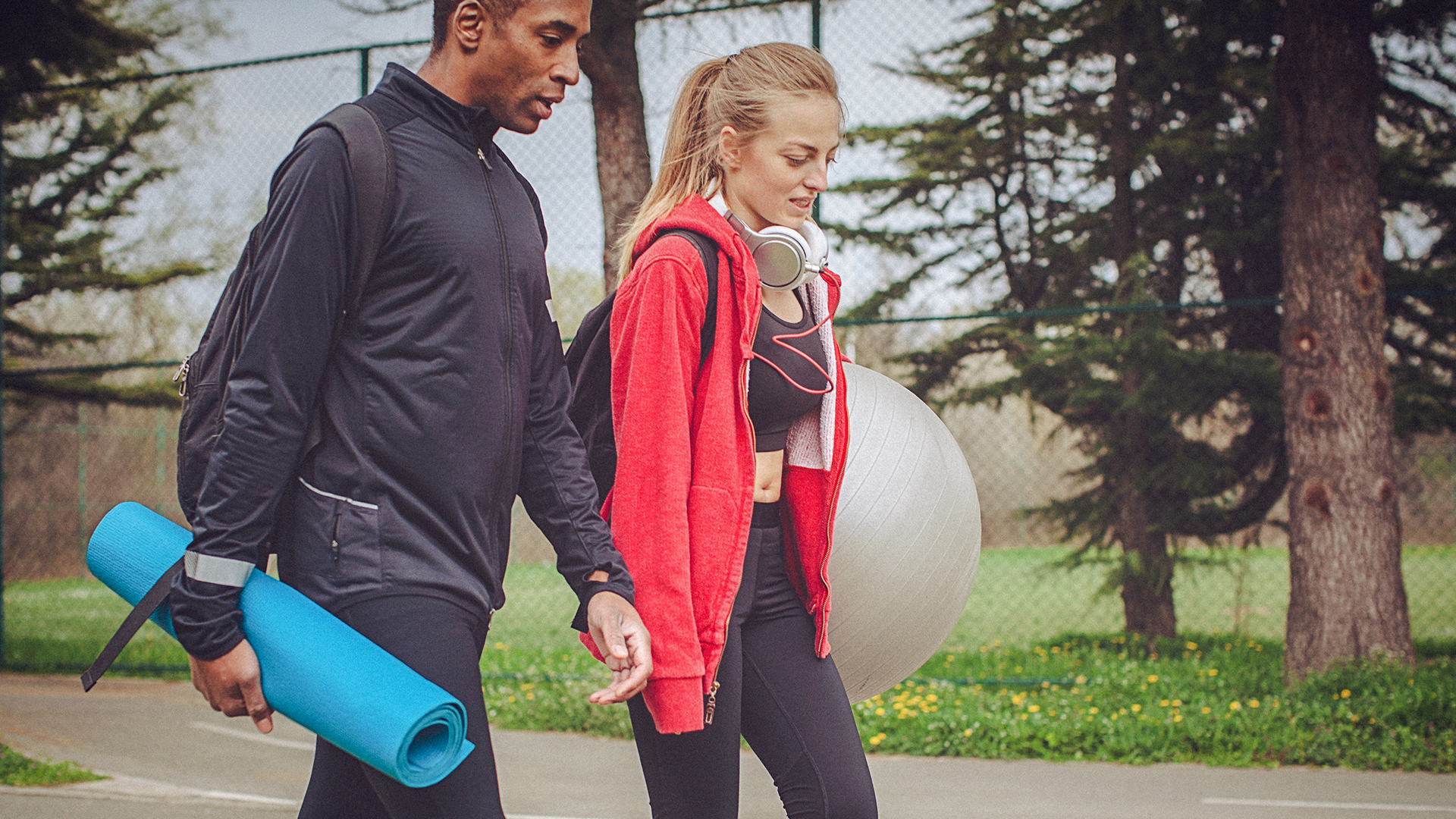No Products in the Cart
In the realm of sports and fitness, athletes are constantly seeking ways to optimize their performance and minimize the risk of injury. One often-overlooked tool in this pursuit is compression clothing. Whether you're a seasoned marathon runner, a basketball enthusiast, or a dedicated yogi, incorporating compression gear into your routine can yield significant benefits. In this informative article, we'll delve into the science behind compression clothing and explore why it's highly recommended for strenuous sports activities.

Compression clothing is specially designed garments that fit tightly around the skin. They are typically made from elastic materials such as spandex or Lycra, which exert gentle pressure on the body. This compression helps improve blood circulation, provides support to muscles and joints, and enhances proprioception—the body's awareness of its position in space.
1. Enhanced Circulation: During strenuous physical activity, muscles require an increased supply of oxygen-rich blood to perform optimally. Compression clothing facilitates blood flow, ensuring that muscles receive adequate oxygen and nutrients while flushing out metabolic waste products like lactic acid. This can delay the onset of muscle fatigue and improve endurance, allowing athletes to push themselves further.
2. Reduced Muscle Soreness: Engaging in high-intensity sports like running, basketball, or football often leads to muscle soreness and fatigue. Compression clothing can help alleviate these symptoms by minimizing muscle vibration and micro-tears during exercise. This reduces the likelihood of delayed onset muscle soreness (DOMS) and expedites post-workout recovery, allowing athletes to bounce back faster for their next training session or game.
3. Injury Prevention: One of the greatest fears for athletes is sustaining an injury that sidelines them from their sport. Compression clothing provides additional support to muscles, tendons, and ligaments, reducing the risk of strains, sprains, and other soft tissue injuries. This is particularly crucial for sports like football and cricket, where sudden movements and physical collisions are common. By stabilizing vulnerable areas and promoting proper biomechanics, compression gear acts as a preventive measure against injuries.
4. Temperature Regulation: Maintaining an optimal body temperature is essential for peak athletic performance. Compression clothing offers thermoregulatory benefits by wicking away sweat and excess heat from the body, keeping athletes cool and comfortable during intense workouts. Conversely, in colder climates, compression gear helps retain body heat to prevent muscles from stiffening up and minimize the risk of hypothermia.
5. Improved Recovery: Recovery is an integral part of any training regimen. Compression clothing accelerates the recovery process by enhancing lymphatic drainage and reducing inflammation. This aids in the removal of metabolic waste products and speeds up tissue repair, allowing athletes to recover more efficiently between workouts or competitions. Additionally, wearing compression garments during post-exercise recovery periods can help alleviate muscle stiffness and soreness, ensuring athletes feel rejuvenated and ready to perform at their best.

While the benefits of compression clothing are widespread, certain individuals may derive greater advantages based on their specific sports or activities:
- Runners: Marathoners, sprinters, and trail runners can improve their performance and reduce the risk of shin splints and muscle cramps by wearing compression socks or sleeves.
- Basketball and Football Players: Athletes participating in high-impact sports can benefit from full-body compression suits or targeted garments to support key muscle groups and joints, enhancing agility and reducing the risk of injuries like ACL tears and hamstring strains.
- Cricket Players: Bowlers and fielders in cricket can maintain muscle stability and prevent fatigue-related errors with compression tights or calf sleeves, especially during long matches or practice sessions.
- Yoga and Pilates Practitioners: Individuals practicing yoga or Pilates can enhance their flexibility, alignment, and body awareness with compression leggings or tops, facilitating deeper stretches and more controlled movements.
In conclusion, compression clothing is a valuable asset for athletes and fitness enthusiasts engaged in strenuous sports activities. By promoting circulation, reducing muscle soreness, preventing injuries, regulating temperature, and expediting recovery, compression gear can elevate performance levels and contribute to long-term athletic success. Whether you're chasing a new personal best or striving to stay injury-free, consider incorporating compression clothing into your training arsenal—you'll be amazed at the difference it can make.
Remember, the road to peak performance is paved with smart choices, and compression clothing is a powerful tool in your journey towards athletic excellence.